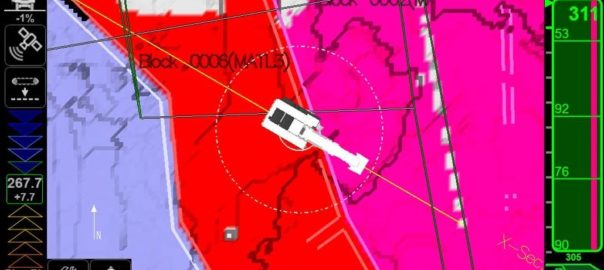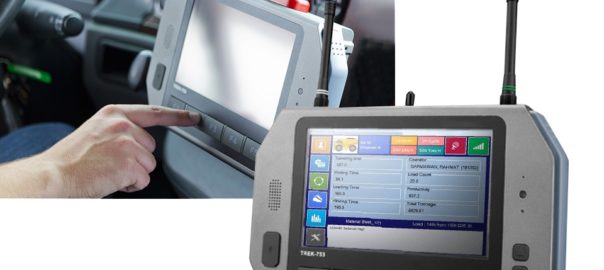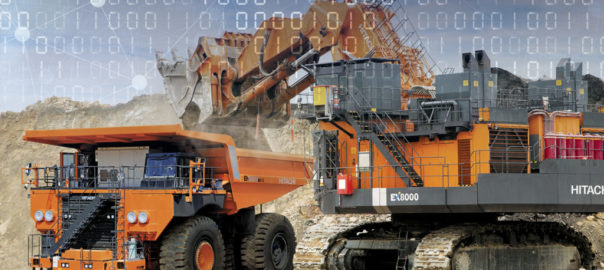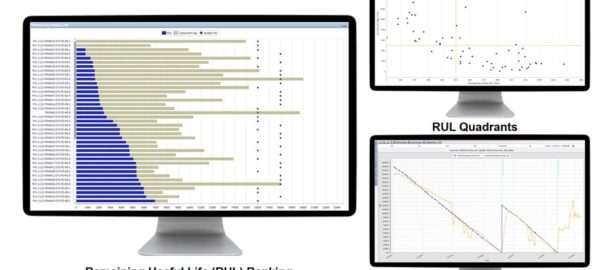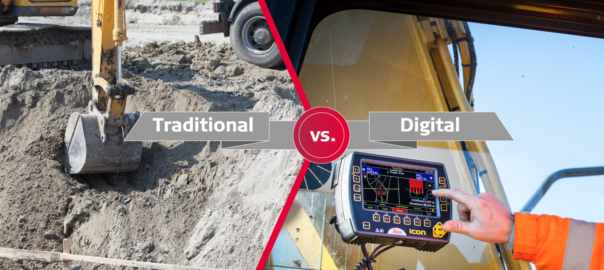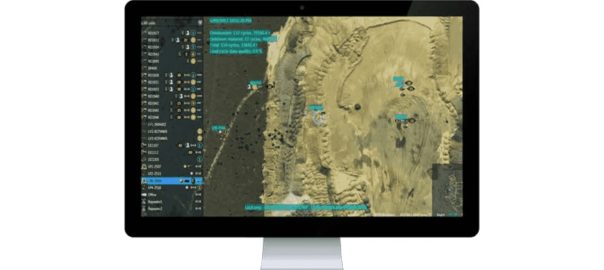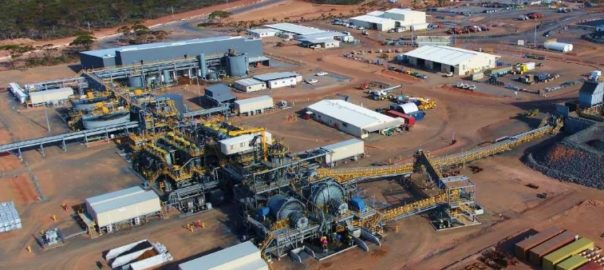MineWare has introduced an advanced Material Classification module for its Argus Shovel Monitor to, it says, enable mine sites to save millions of dollars by reducing the amount of lost or contaminated ore.
The module integrates precise material information from each bucket, per the mine plan, with any fleet management system to give machine operators, haul truck drivers and processing personnel more accurate knowledge and feedback on the type of material being loaded and hauled, it said.
MineWare Vice President of Strategy and Marketing, Roy Pater, said by knowing upfront what exactly is being loaded at the face, the Argus Material Classification Module improves what material is being moved through the value chain – from pit to plant.
“Argus sets up the entire workflow for better success, providing the right feedback to more people and processes downstream to make informed decisions,” he said. “Shovel operators can now see in real time, via an intuitive, colour-coded display screen, the type and grade of material being loaded, not just the quantity of material.
“Unlike traditional systems that just track material via machine position, Argus precisely monitors each bucket fill and position, classifying the material in real time via a block model overlay on the Argus screen. The operator knows exactly what they’re digging, and where. Argus removes subjectivity when interpreting boundaries and reduces the risk of grade contamination at the dig face.”
Pater said operators no longer need to change grade manually or make assumptions on what they are digging, with the improvement in classification of material upstream having a positive effect on operations downstream.
“Better classification of material in the pit leads to better production output by knowing exactly what’s going in the truck and where it needs to go,” he said.
Argus feeds this material information from the shovel through to the mine’s fleet management system in real time.
Pater said: “The driver then knows exactly where to take the material based on its type and concentration – whether that’s a stockpile, waste point or straight to the crusher for processing.”
Poor stockpile management, ore loss, dilution and grade contamination are common challenges for mining operations, costing millions of dollars annually, according to Pater, with many of these downstream problems and efficiencies in mining directly linked to upstream load and haul processes.
“The misallocation of even a single bucket of high-grade ore can lead to significant monetary losses for mines, either in the pit or in the processing plant,” he said. “At the other end of the spectrum, highly acidic waste material must also be allocated correctly to ensure its safe removal and disposal.”
Pater said the new technology meets the global mining industry’s need for instant, on-demand access to information across a mine that can only be achieved by sharing data in real time between the various mining systems.
“By connecting more of the dots and closing the feedback loop between loading, hauling, dumping and crushing, Argus addresses these issues head on,” he said.
Detailed material classification compliance reports also help geologists, surveyors and reconciliation engineers meet their legal reporting obligations, with easier access to more accurate data on what and how material has been distributed on site, MineWare says.
Argus is an advanced monitoring system for electric and hydraulic loaders, designed to manage payload, mine compliance, machine health and situational awareness.







